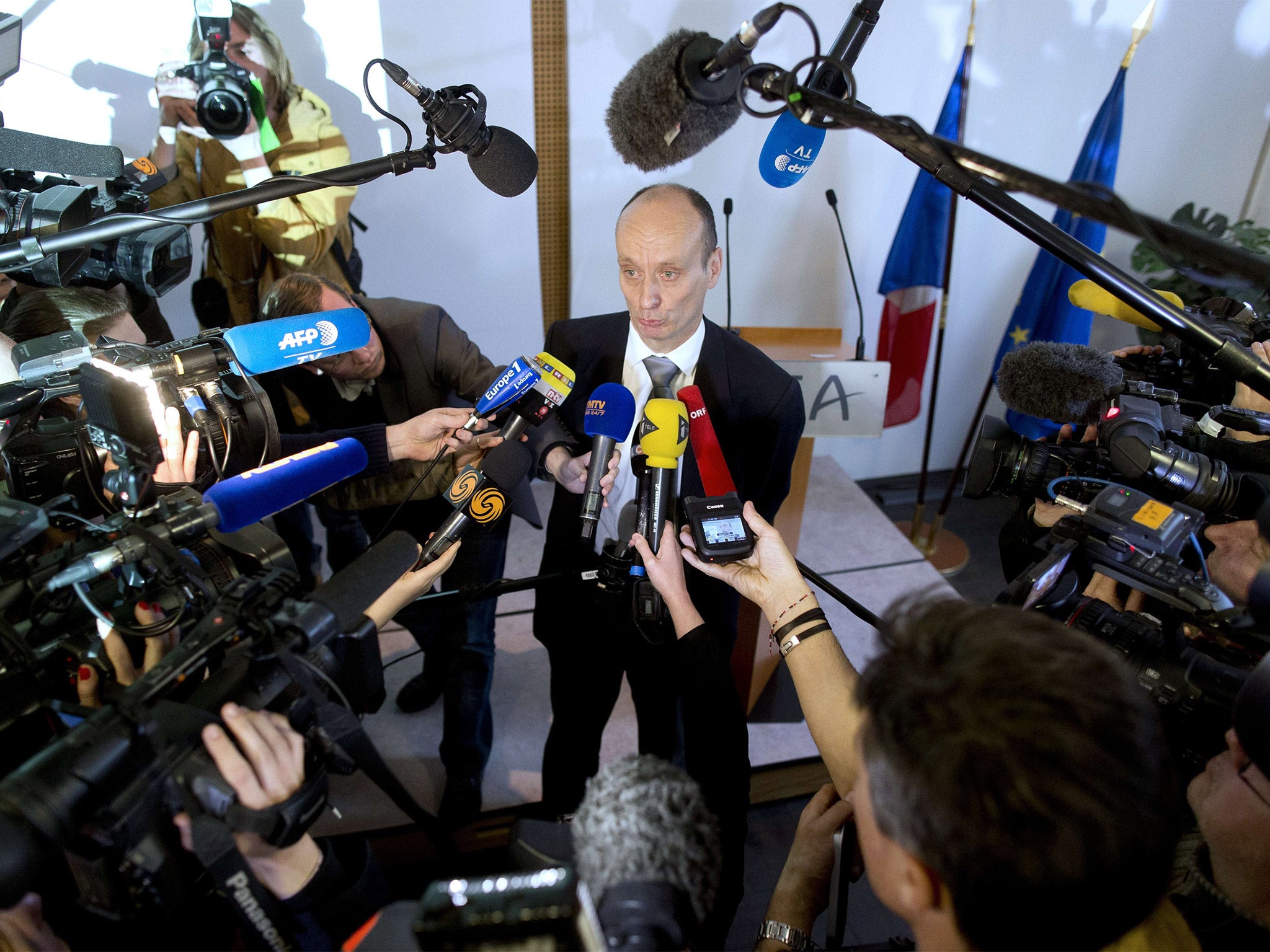Germanwings crash: What are the unanswered questions?
“The debris was in really tiny pieces which is not typical of an on-board explosion"

Your support helps us to tell the story
From reproductive rights to climate change to Big Tech, The Independent is on the ground when the story is developing. Whether it's investigating the financials of Elon Musk's pro-Trump PAC or producing our latest documentary, 'The A Word', which shines a light on the American women fighting for reproductive rights, we know how important it is to parse out the facts from the messaging.
At such a critical moment in US history, we need reporters on the ground. Your donation allows us to keep sending journalists to speak to both sides of the story.
The Independent is trusted by Americans across the entire political spectrum. And unlike many other quality news outlets, we choose not to lock Americans out of our reporting and analysis with paywalls. We believe quality journalism should be available to everyone, paid for by those who can afford it.
Your support makes all the difference.“We’ll take all the time we need to understand and explain,” said Rémi Jouty, as the world’s media sought answers about what led to the crash of Germanwings flight 9525. The director of the French BEA - the Office of Investigation and Analysis for Aviation Safety - gave little away about initial findings.
M Jouty said it appeared that there was no explosion on the flight: “The debris was in really tiny pieces which is not typical of an on-board explosion - in that case you’d expect much larger pieces.” But he declined to reveal much about the other evidence his investigators have gathered from the crash site and the cockpit voice recorder (CVR). The other “black box” - the flight data recorder - has not yet been found.
In the vacuum of solid information, the thinking of aviation safety experts and pilots has coalesced around a theory of rapid decompression that incapacitated the flight crew - perhaps because a window had blown out or the seal on a cargo hatch had failed.
All pilots are trained to deal with such an event, but one contributor to an aviation forum said the effects “make it incredibly difficult to recognise and reach out for the oxygen mask and autopilot controls”. He added: “Stressing or moving about rapidly to find/don the oxygen mask chews into the time of useful consciousness.”
The BEA director said that the CVR contents had been downloaded but speech on the had not yet been transcribed. The key passage will be the one minute between the last conversation with air-traffic controllers and the moment when the controlled descent began.
The next question that demands an answer is why, when the descent began, the pilots apparently took no other action. The rational counterpart to losing altitude would have been to make a 180-degree turn, taking the aircraft away from the Alps and towards the low-lying terrain around Marseille-Provence airport.
The absence of any Mayday call is also puzzling. Pilots are taught the mantra “aviate, navigate, communicate,” prioritising keeping aloft and setting the right course above speaking to the ground or other aircraft. But declaring an emergency or “squawking 7700” - sending the international distress signal - takes only a few seconds.
Investigators will also want to know whether there was anything in the hold - either passengers’ luggage or cargo - that may have contributed to the disaster.
Join our commenting forum
Join thought-provoking conversations, follow other Independent readers and see their replies
Comments